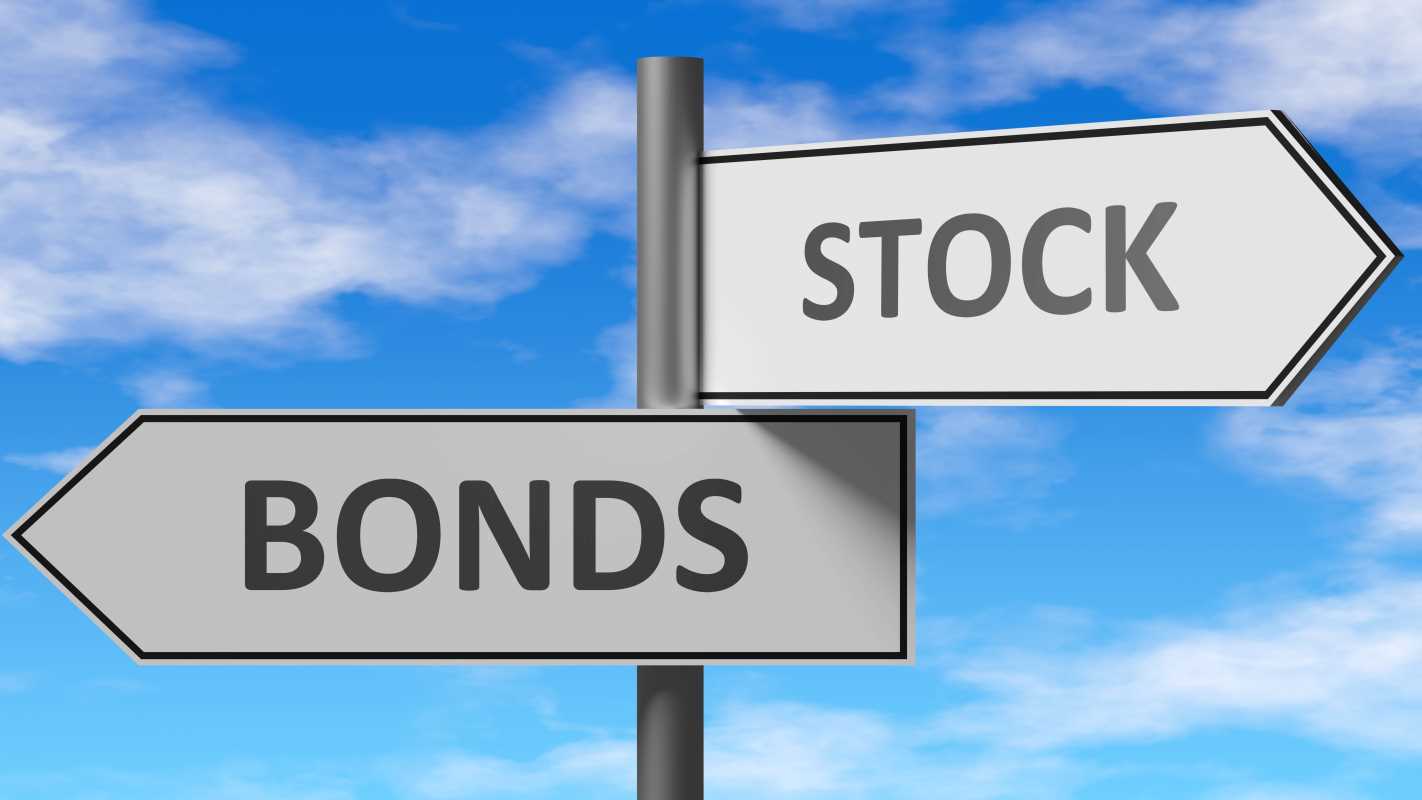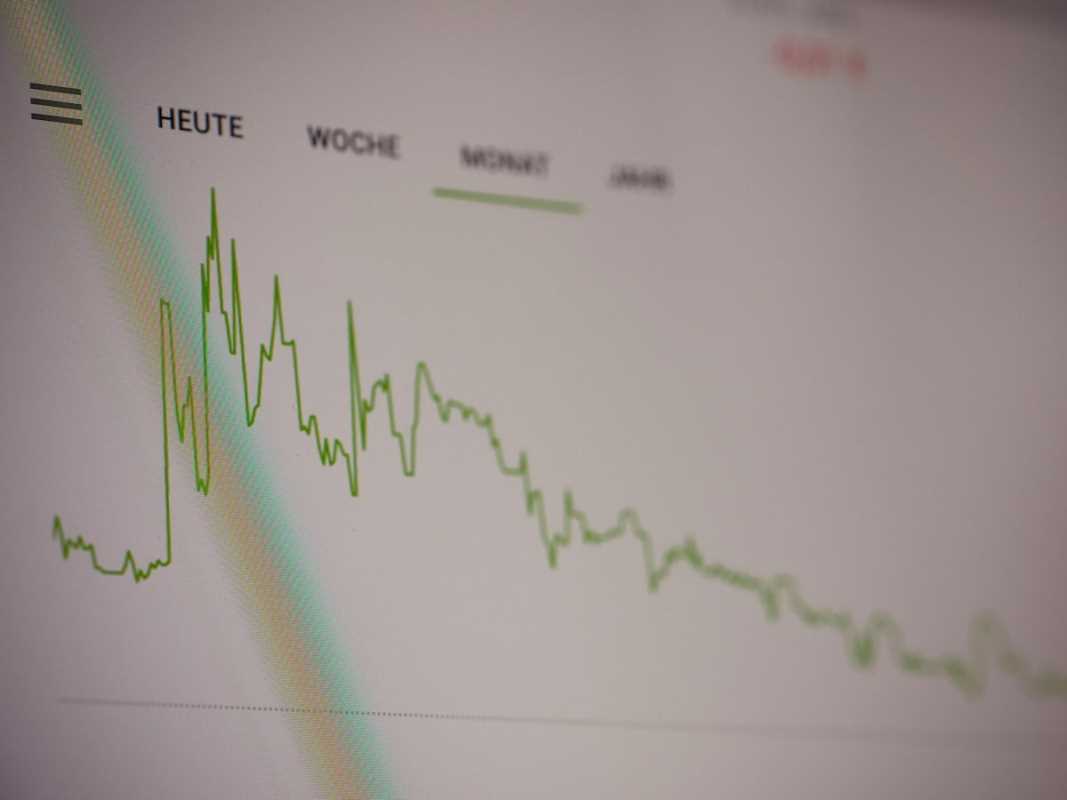Trying to pick winning stocks can feel like searching for a needle in a haystack. You hear stories about people striking it rich on a single company, but you also hear about those who lose it all. The constant research, the gut-wrenching volatility, and the pressure to make the right call can be exhausting. What if there was a way to capture the growth of the entire market without having to pick individual stocks at all? This is the simple, yet brilliant, idea behind index funds. They offer a "set it and forget it" approach to investing, allowing you to harness the power of steady, long-term growth by owning a small piece of everything, rather than betting big on just one thing.
What Exactly Is an Index Fund?
An index fund is a type of investment, like a mutual fund or an ETF, that aims to mirror the performance of a specific market index. A market index is just a list of investments that represents a portion of the market, like the S&P 500, which is a list of 500 of the largest companies in the United States. Instead of having a manager who actively tries to pick the best stocks, an index fund simply buys all the stocks on its target list in the same proportion as the index. Its goal is not to beat the market, but to be the market. This passive approach makes index funds straightforward, transparent, and incredibly effective for long-term investors.
Where Does the Steady Growth Come From?
The power of an index fund comes from two main sources: broad diversification and the magic of compounding. By owning a single share of a broad market index fund, you instantly become a part-owner of hundreds or even thousands of different companies. This massive diversification means your investment isn't derailed if one or two companies have a bad year. The success of the many outweighs the struggles of the few. Over long periods, the economy and corporate profits tend to grow, and the stock market reflects this. As your fund's value grows and reinvests its dividends, your money begins to compound, meaning your earnings start generating their own earnings, creating a snowball of wealth.
A Whole World of Index Funds
While many people start with a fund tracking a large-cap index like the S&P 500, there is a wide variety of index funds available. A total stock market index fund goes even broader, including large, mid-size, and small companies. You can also find funds that focus specifically on mid-cap or small-cap stocks, which can offer higher growth potential but also come with more volatility. Some index funds concentrate on specific sectors of the economy, like technology or healthcare. To achieve global diversification, you can invest in international index funds, which hold stocks from developed and emerging markets around the world, giving you a stake in global economic growth.
Understanding the Costs and Tracking Error
One of the biggest advantages of index funds is their remarkably low cost. The primary fee to look for is the expense ratio, which is the annual cost of operating the fund, expressed as a percentage. Because index funds are passively managed, their expense ratios are typically a fraction of what actively managed funds charge. A lower expense ratio means more of your money stays invested and working for you. Another term you might hear is "tracking error." This measures how closely the fund's performance matches its benchmark index. For well-run index funds from major providers, the tracking error is usually so small that it's not a major concern.
How Dividends and Capital Gains Work
When the companies held within an index fund pay dividends, the fund collects them all and then distributes them to you, its shareholder, typically on a quarterly or annual basis. You can take this money as cash or, more powerfully, choose to have it automatically reinvested to buy more shares of the fund. Index funds are also known for being very tax-efficient. Because they don't do a lot of buying and selling, they tend to generate fewer taxable capital gains distributions than their active counterparts. This means you generally have more control over when you pay taxes, which usually happens only when you sell your shares for a profit.
Smart Placement for Better Tax Efficiency
To maximize the benefits of tax efficiency, it's wise to think about which type of account you use to hold your index funds. Tax-advantaged retirement accounts, like a 401(k) or a Roth IRA, are fantastic places for your investments to grow without being hit by taxes every year. Within a Roth IRA, your investments can grow completely tax-free. If you are also investing in a regular taxable brokerage account, placing your most tax-efficient funds there, like a total stock market index fund, is a smart strategy. This thoughtful placement can make a meaningful difference in your net returns over many years.
Setting Realistic Expectations for Returns
Index fund investing is a marathon, not a sprint. While the stock market has historically delivered strong average returns over the long run, its performance in any single year is unpredictable. It's crucial to have a long time horizon, as this gives your investment plenty of time to recover from inevitable market downturns. Expecting your fund to go up in a straight line will only lead to disappointment. The key is to focus on the long-term trend of growth, not the short-term noise. Your patience will be your greatest asset on this journey.
Building a Simple Portfolio with Index Funds
You do not need a complicated mix of funds to build a powerful portfolio. For many investors, a simple strategy using two or three core index funds is perfect. A great starting point for a long-term goal like retirement could be a portfolio split between a total U.S. stock market index fund and a total international stock market index fund. This combination gives you diversified exposure to thousands of companies globally. If you have a lower tolerance for risk or a shorter timeline, you might add a third fund, a total bond market index fund, to provide stability and reduce volatility.
Common Mistakes to Sidestep
As you get started with index funds, try to avoid a few common behavioral traps. A frequent mistake is "chasing winners" by piling into the index fund that had the best performance last year. Market leadership often rotates, and last year's hero can easily become this year's laggard. Another error is over-concentrating in a narrow sector index fund, thinking you can outsmart the market. This defeats the purpose of broad diversification. The most successful index fund investors are those who create a sensible, diversified plan and stick with it, ignoring the fads and market noise.
Understanding the Inherent Risks
While index fund investing is considered a prudent long-term strategy, it is not without risk. The primary risk is market risk. If the entire stock market that your fund tracks goes down, the value of your fund will go down with it. There are no guarantees. For those nearing or in retirement, "sequence risk" becomes a concern. This is the risk of a major market downturn happening right when you start withdrawing money, which can deplete your portfolio more quickly. Holding a proper allocation of bonds is the primary way to manage this risk as you get closer to your goal.
A Straightforward Path to Get Started
Beginning your index fund journey is simple. First, open an investment account, such as a Roth IRA or a standard brokerage account, at a low-cost provider. Second, transfer money into the account to fund your initial investment. Third, choose one to three broadly diversified, low-cost index funds that match your risk tolerance and goals. Fourth, place your buy order. Finally, and most importantly, set up automatic, recurring investments from your bank account. This disciplined approach ensures you invest consistently, whether the market is up or down, and puts your wealth-building on a steady and reliable autopilot.
 (Image via
(Image via





